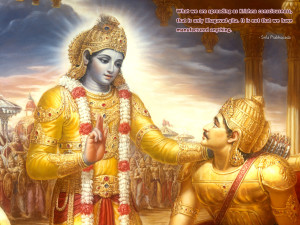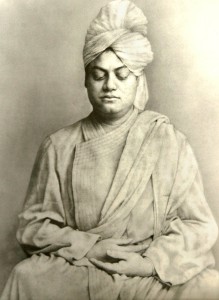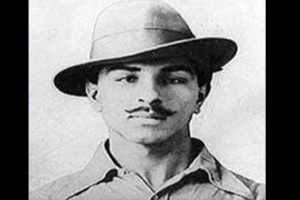 Listening to lord Krishna, Arjun is confused about ‘Karam Yog’ and ‘Karam Sanyas’. Krishna explains that the Karam Sanyas should not be considered as if you are renouncing all actions. The important fact which has to be kept in mind is that one should not have any jealousy or even enmity with any other human beings. Nor there should be any expectations. It means that you should not expect anything in return from the help that you may have rendered to any fellow human beings.
Listening to lord Krishna, Arjun is confused about ‘Karam Yog’ and ‘Karam Sanyas’. Krishna explains that the Karam Sanyas should not be considered as if you are renouncing all actions. The important fact which has to be kept in mind is that one should not have any jealousy or even enmity with any other human beings. Nor there should be any expectations. It means that you should not expect anything in return from the help that you may have rendered to any fellow human beings.
In Chapter 4 emphasis was on removing the attachments. Here, Shri Krishna says don’t expect any benefit in return from the person that you had helped. In case that you have developed this attitude; then even while performing your duties you can be considered practicing ‘Karam Sanyas.’ However it should never be considered as renouncement of performing your duty.
Both these practices that is Karam Sanyas and Karma Yog provide you the same good results. People who cannot understand by deep application of mind get confused. But there should be no confusion in your mind.
It is only through Karam Yog that you can eradicate your ego. When your performing your duty or the actions that you have to carry out from time to time you should consider that these actions are the just a position of different human attributes. These attributes are Satva Gunna, Rajo gunna, and Tamo guna. So the person who has controlled all his physical senses and realized on a soul will never have any sufferings due to the performance of his/her actions. Even though some of the actions may be the cause of the physical or mental hurt to others. Here Shri Krishna is probably referring to the opponents who may lose their lives in the battle.
Further, Shri Krishna says you should carry out your duty by dedicating everything to the all-mighty. When you do this and work without attachment; your soul will be purified and your mind will remain stable in the devotion of the all-mighty.
Thus a person who has a stable mind; who does not harbor any doubts; who is not overjoyed by receiving any fortune and who is not saddened by any misfortunes is the one who remains in total control of himself. No doubt such a person is most near to me. Further, he explains that during the lifetime, if one can control Kaam – that is the sensual desire and anger; he should be considered to have attained peace and tranquility. Towards the end of the chapter Shri Krishna also explains to Arjuna how to acquire an ‘Aasan’ which is helpful in bringing about control over one’s physical and mental self.
The learning that we can derive from this chapter can be summarized as below:
1) Renouncing duty or action is not recommended at all. One should never be confused as Gyan yog, or Sankhya yog. You have only to renounce the attachment or expectation of the fruits. The results will come by itself and you should receive the same gracefully as ‘Prasad.’
2) It is absolute necessary to renounce your ego. All the problems are caused by ‘aham’ or Ego. These interfere in the performance of your duty. These also interfere in building up of relationships with the other human being.
3) All the physical actions are the result of just a position or intermingling of the three main human attributes. These are called Satva Gun, Raja Gun, Tamo Gun. Keeping these Gunas in mind at all times can help achieve the objective of renouncing one’s ego.
Karam Yogi’s of the Modern Era:



